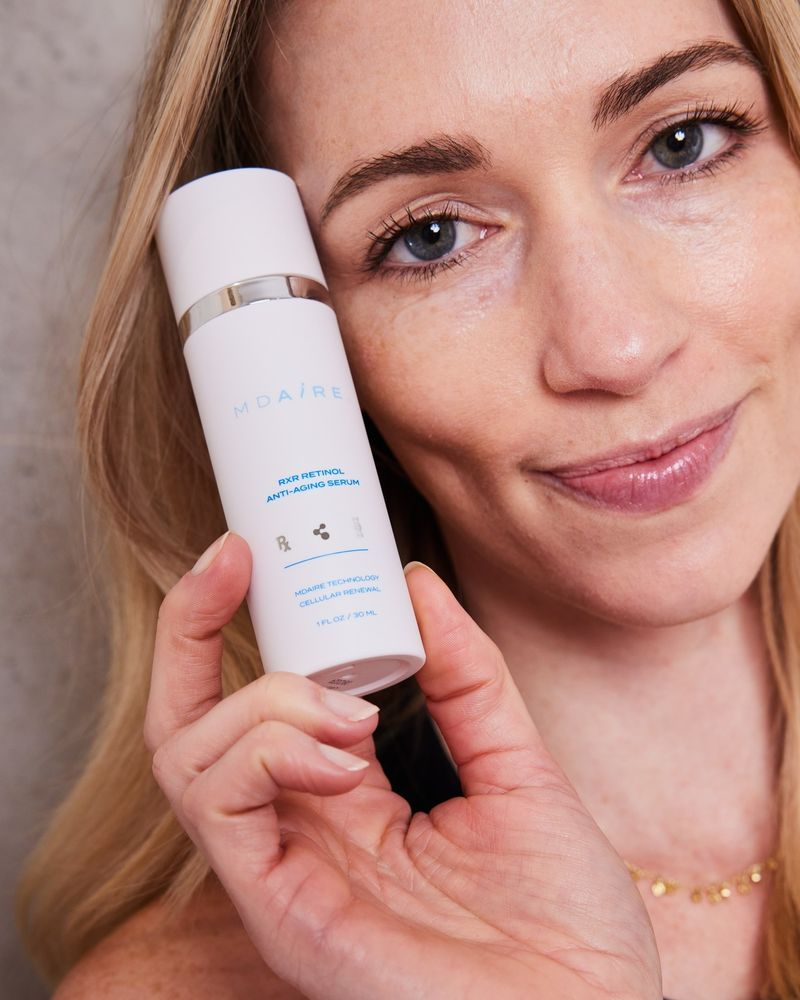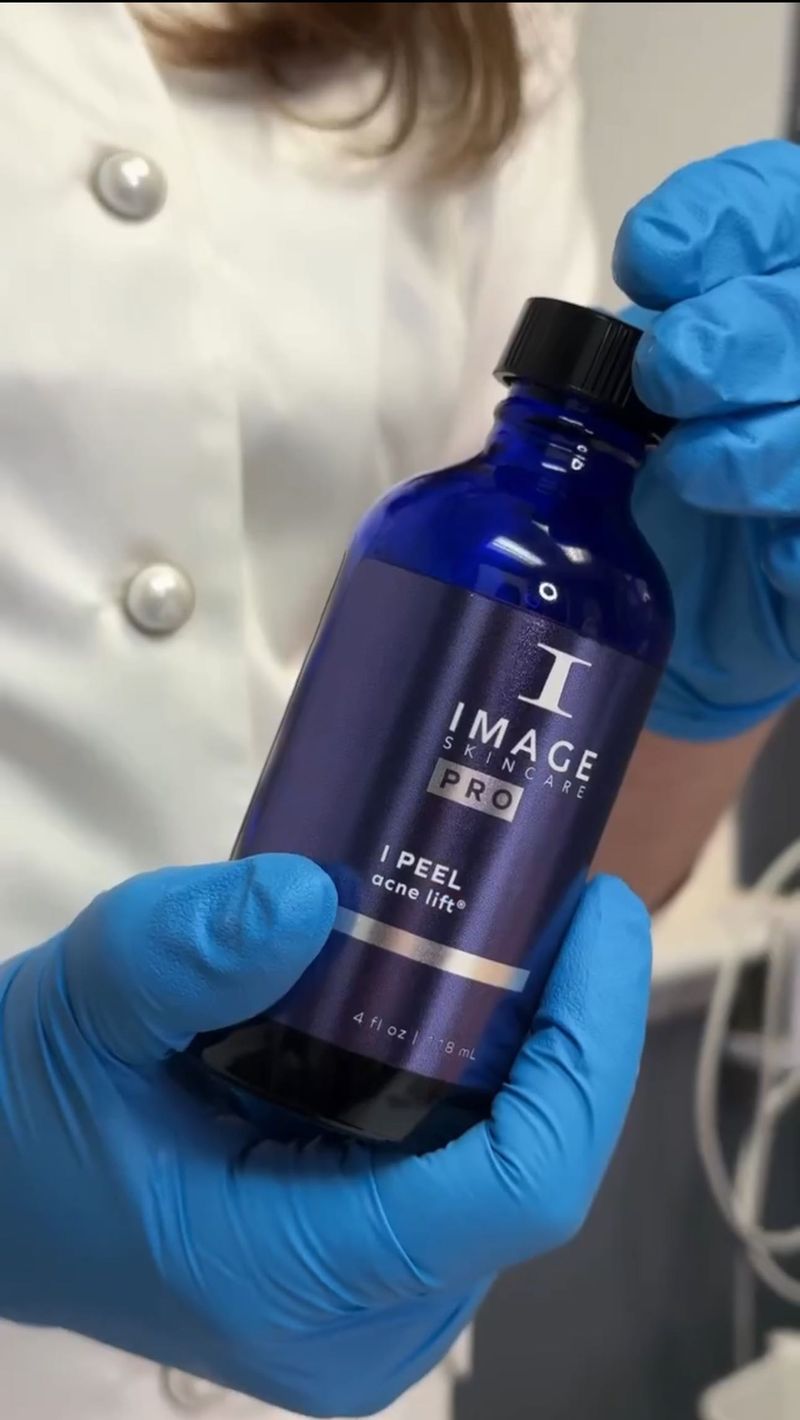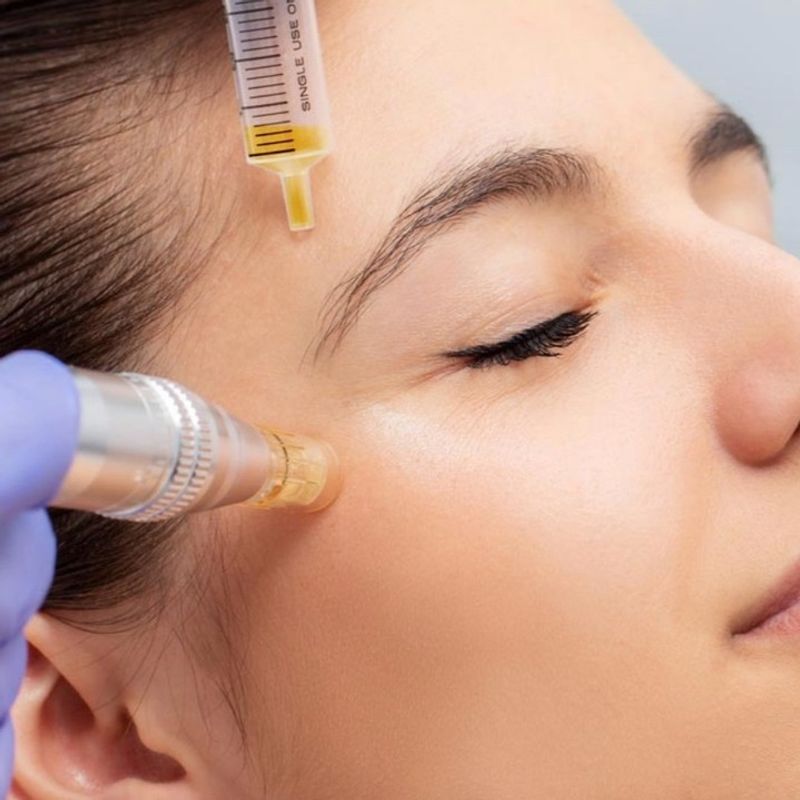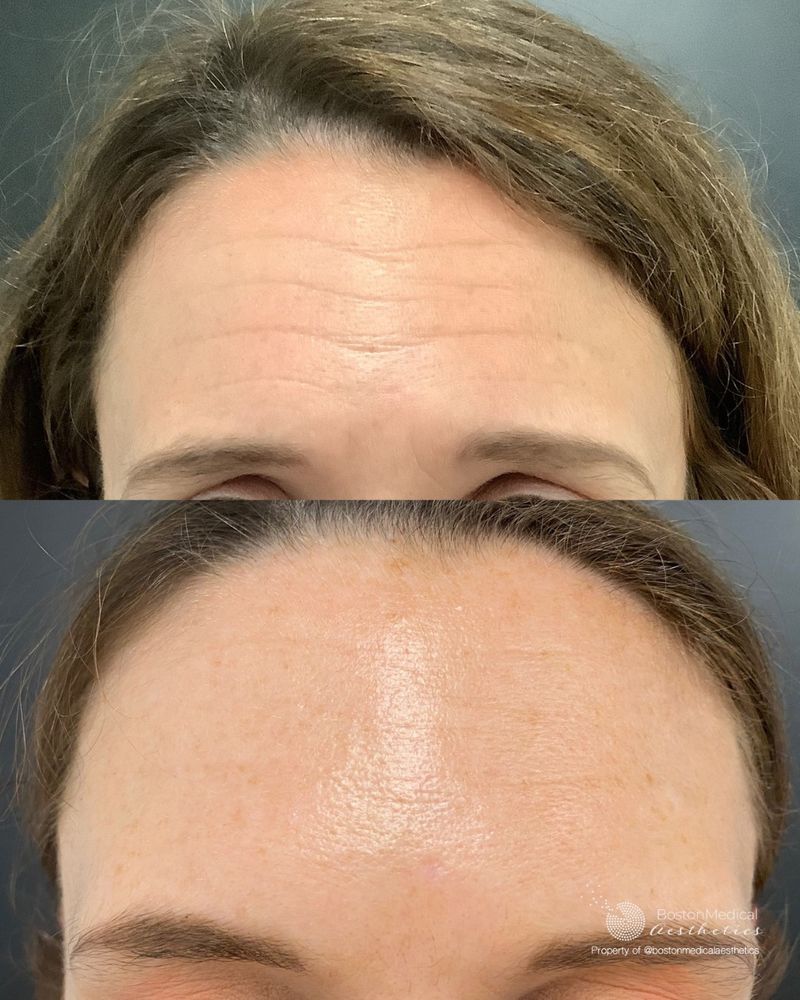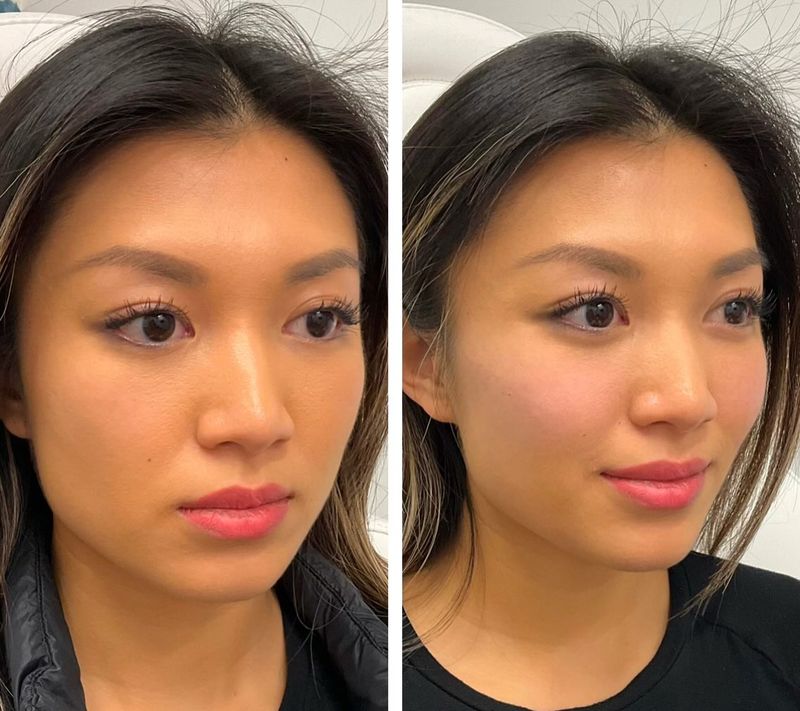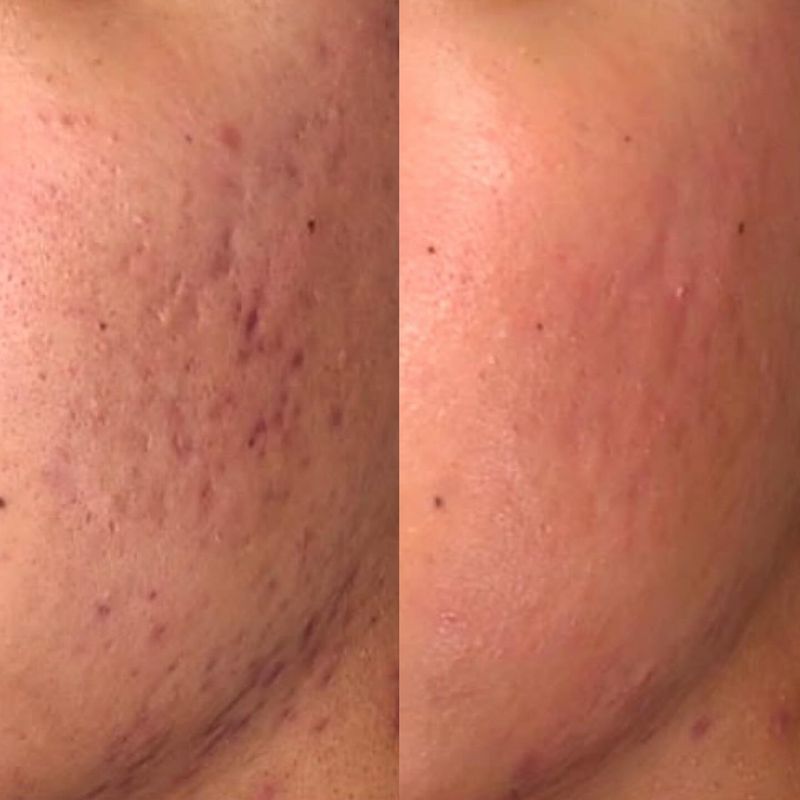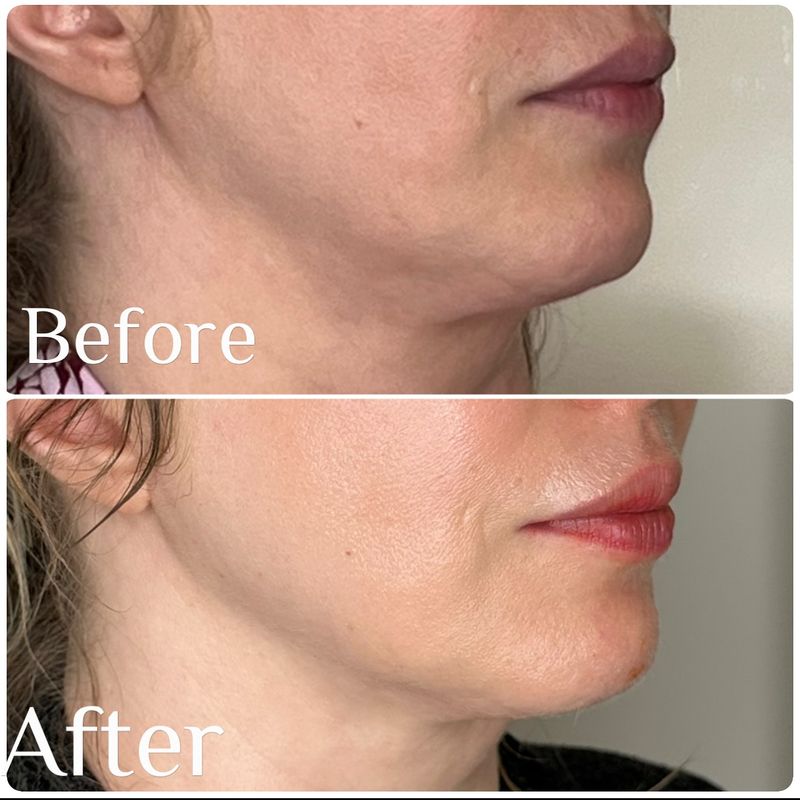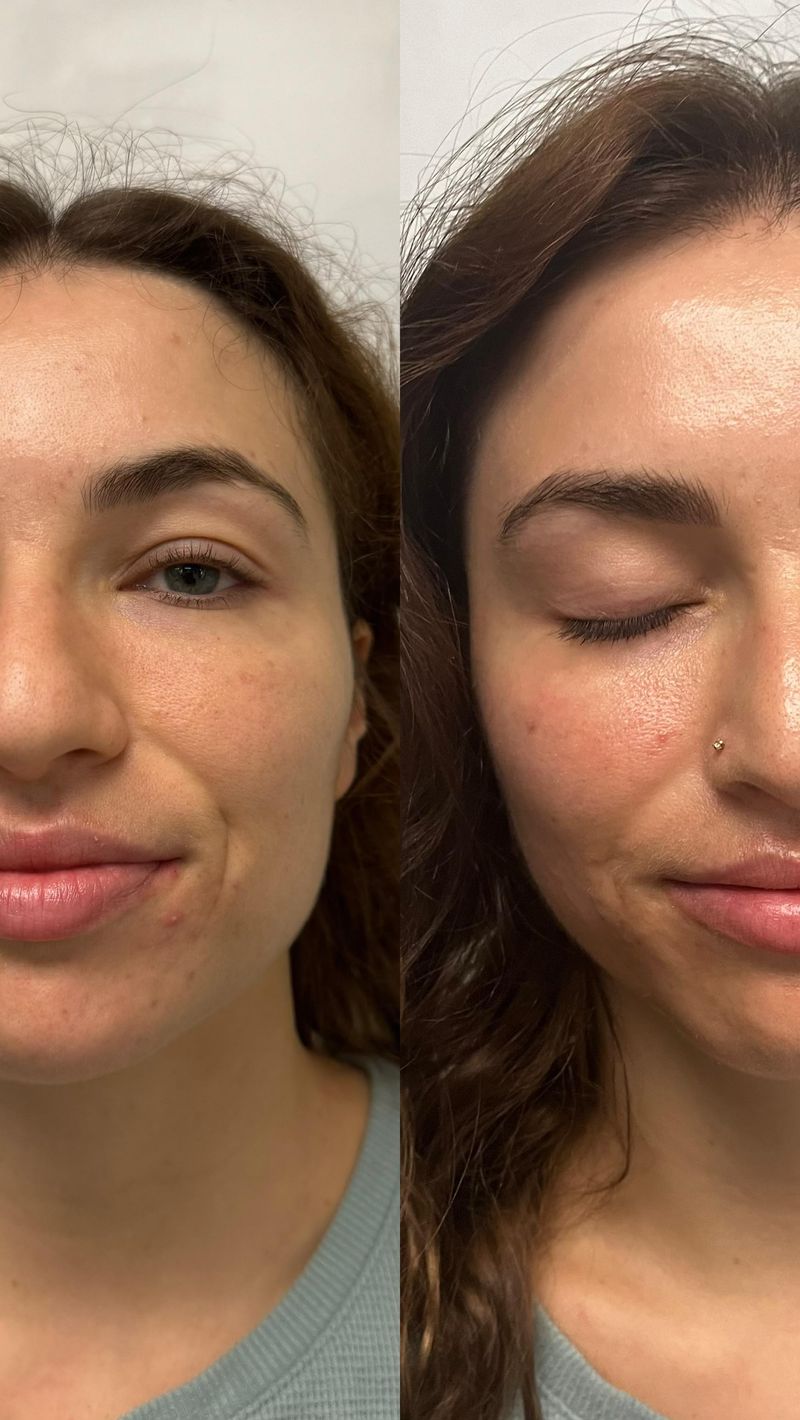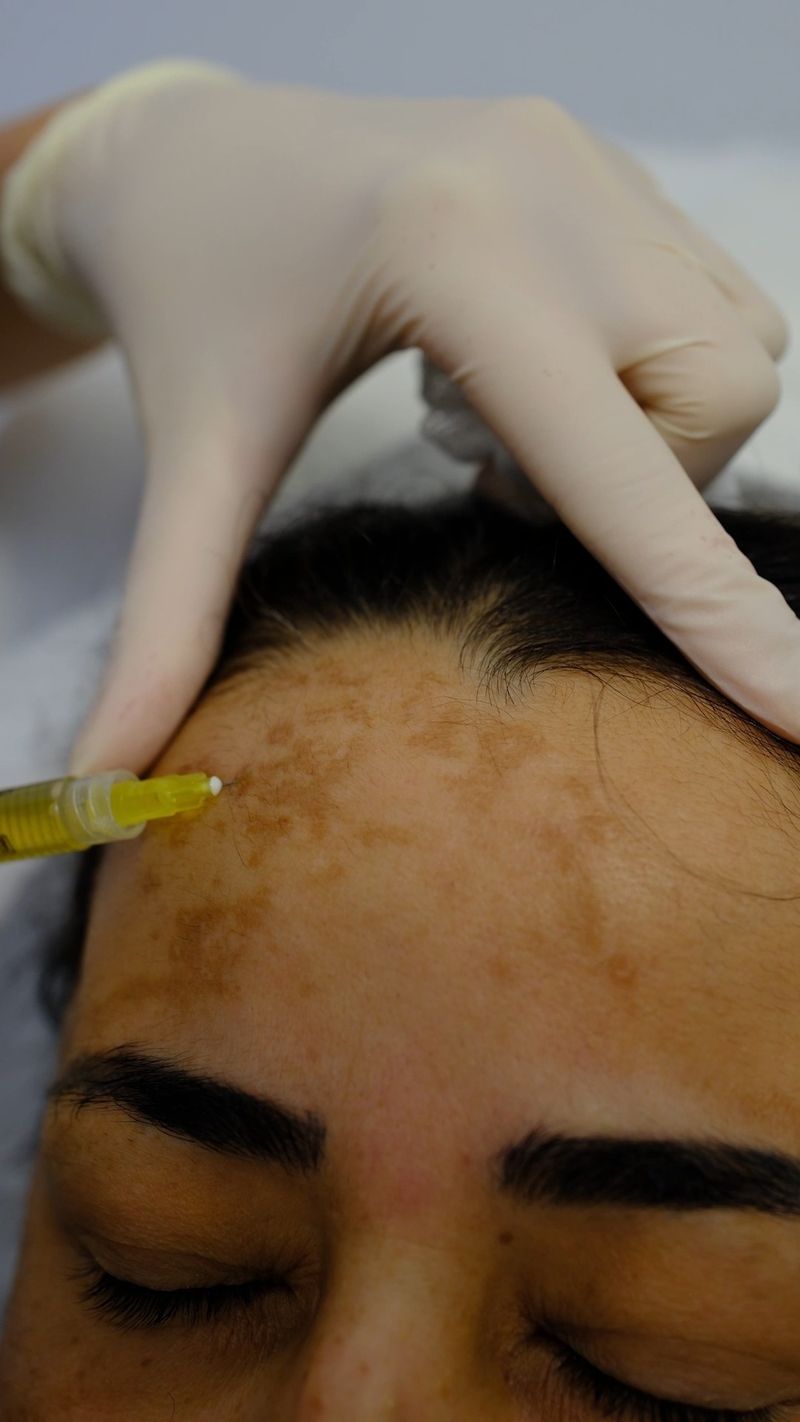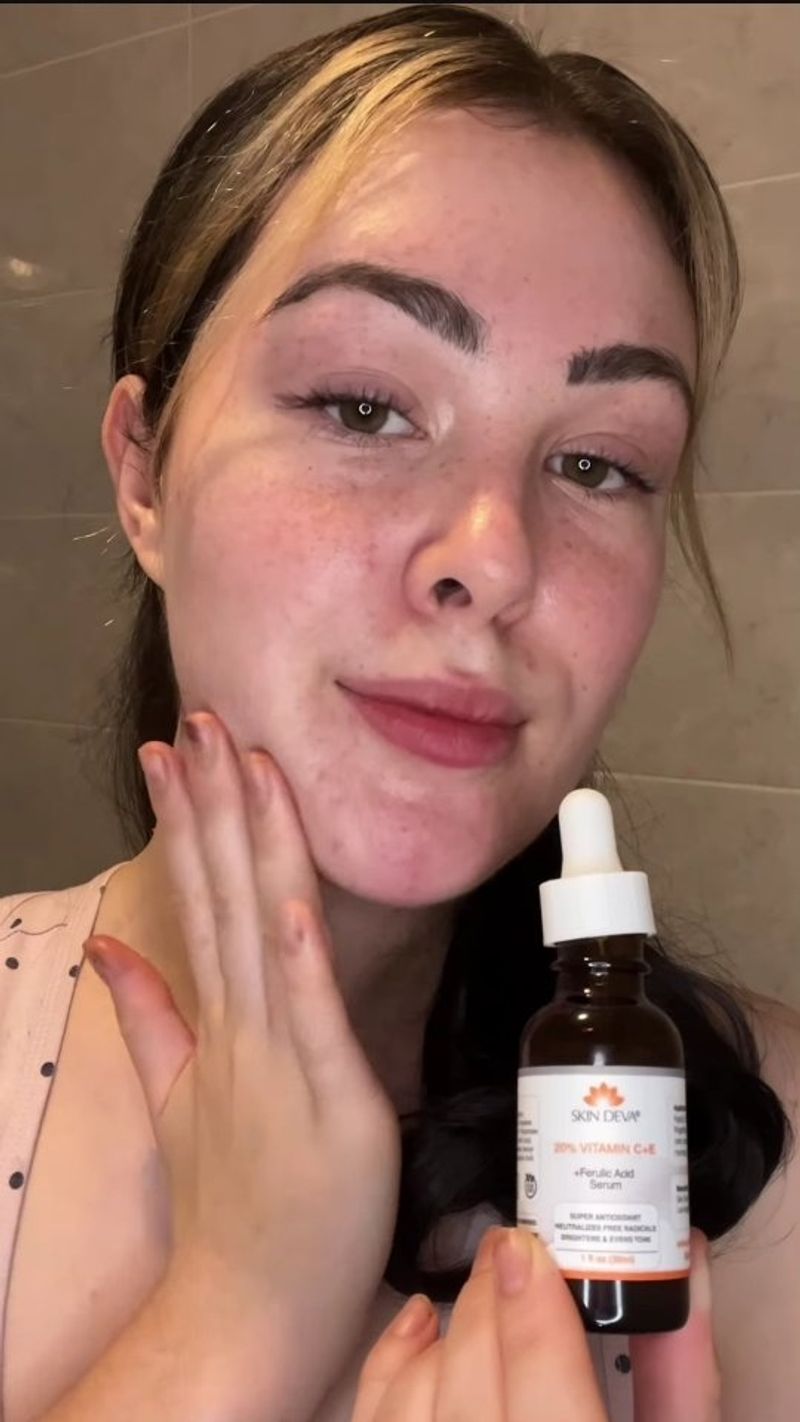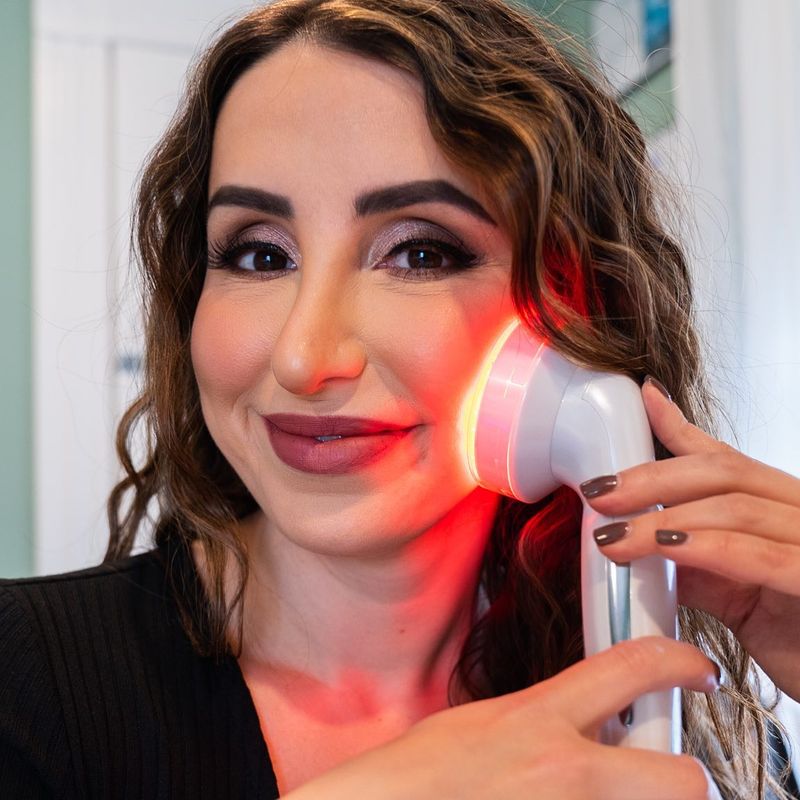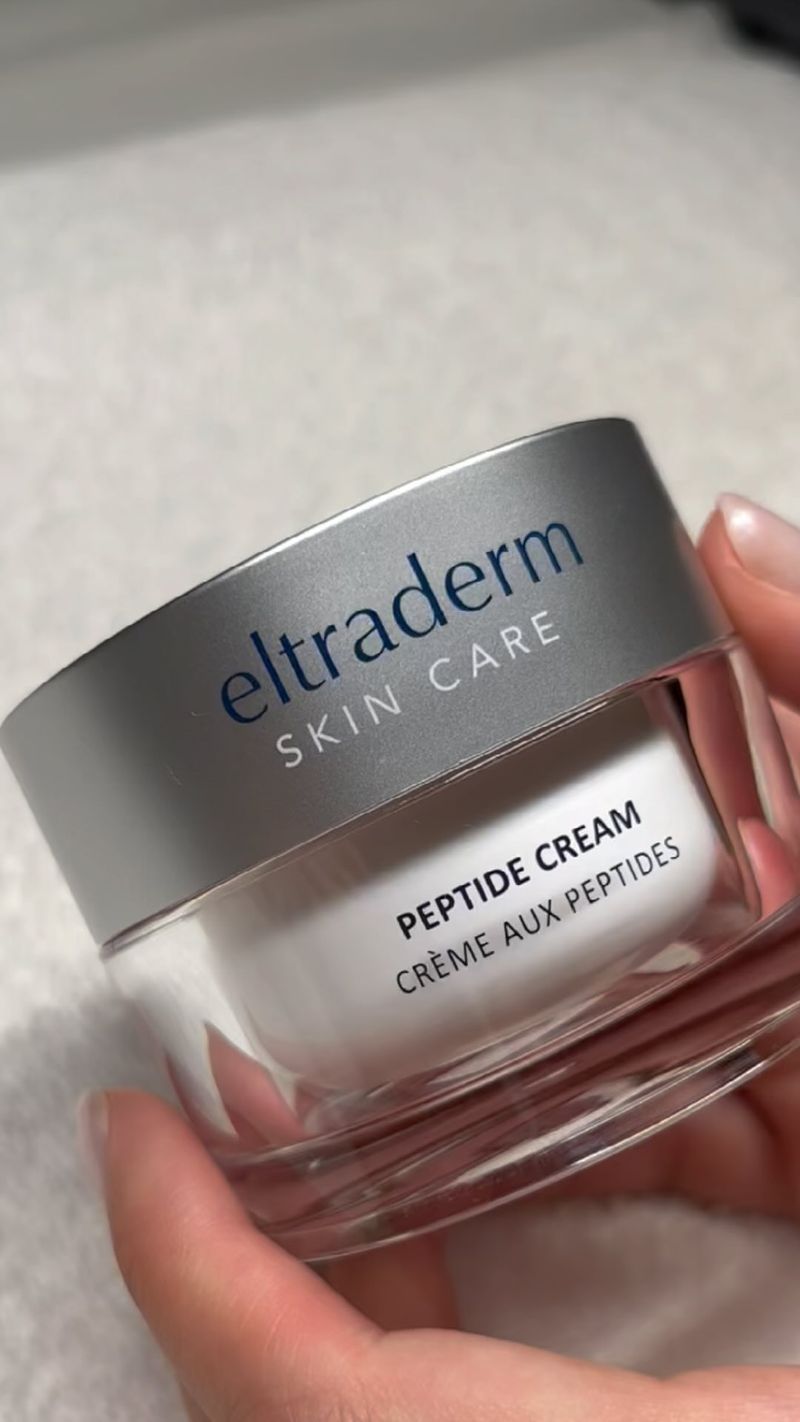12 Anti-Aging Treatments That Have Proven Results
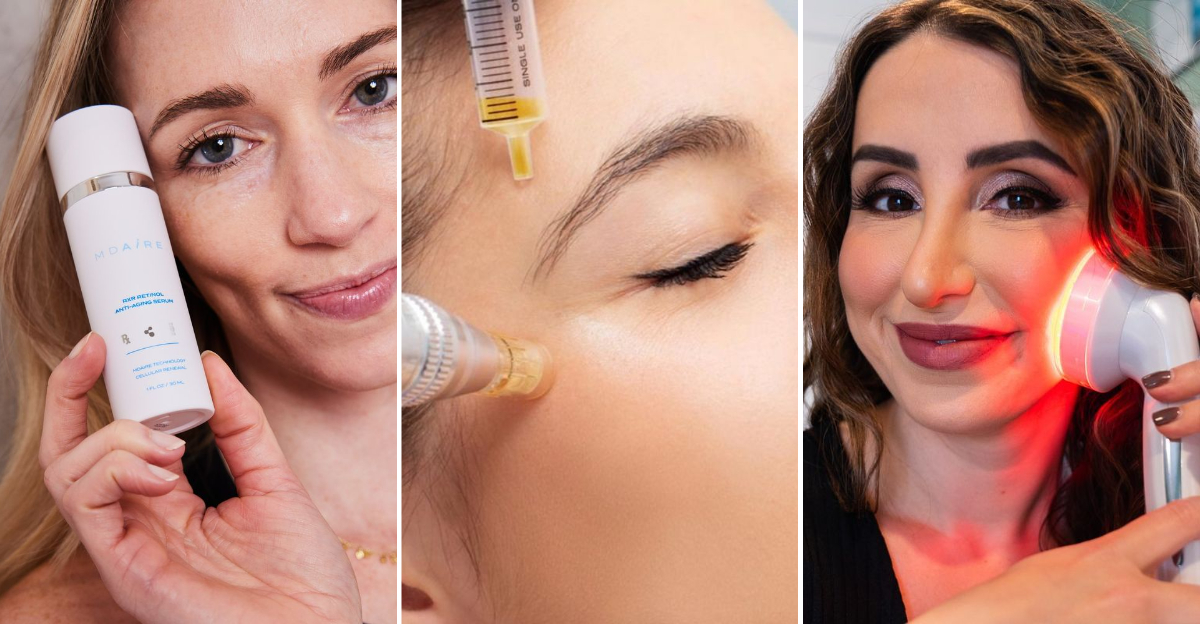
Looking younger isn’t just about vanity—it’s about feeling confident in your own skin.
I’ve spent years researching treatments that actually work, not just empty promises in fancy packaging.
The anti-aging industry is packed with options, but only some deliver real results backed by science.
These 12 treatments have stood the test of time and clinical trials, offering genuine solutions for those fine lines that seem to multiply overnight.
1. Retinol: The Gold Standard
Nothing in my skincare arsenal has delivered results quite like retinol. This vitamin A derivative speeds up cell turnover, pushing fresh skin cells to the surface while stimulating collagen production beneath. I started with a low concentration to avoid the dreaded retinol burn—that redness and peeling nobody warns you about.
After six weeks of consistent nighttime application, the fine lines around my eyes softened noticeably. My sun spots faded too, a welcome surprise since I’d resigned myself to those permanent souvenirs from my tanning bed days.
Fair warning though: retinol makes your skin more sun-sensitive, so morning sunscreen becomes non-negotiable. Start with applying it twice weekly, then gradually increase frequency as your skin builds tolerance.
2. Chemical Peels: Revealing Fresh Layers
My first chemical peel terrified me. The aesthetician explained how acids would dissolve the bonds between dead skin cells, but all I heard was ‘acid’ and ‘face’ in the same sentence. That tingling sensation during application had me questioning my decisions, but the results converted me instantly.
Chemical peels using alpha and beta hydroxy acids (AHAs/BHAs) effectively remove the dull outer layer of skin. Glycolic acid peels brighten overall tone while salicylic acid peels tackle oil and enlarged pores. The magic happens when that damaged top layer sheds, revealing the smoother, more evenly pigmented skin underneath.
Monthly professional treatments yield dramatic improvements, though at-home versions offer gentler maintenance between salon visits.
3. Microneedling: Tiny Pricks, Big Results
Rolling hundreds of tiny needles across my face sounded like medieval torture until I witnessed the transformation. Microneedling creates controlled micro-injuries that trigger your skin’s natural healing response. This process stimulates collagen production in ways that topical products simply cannot match.
My acne scars have faded dramatically after just three sessions. The procedure feels like sandpaper dragging across skin—uncomfortable but bearable. Expect redness resembling a sunburn for about 24 hours afterward.
The real payoff comes 4-6 weeks later when that fresh collagen matures. Fine lines smooth out, pores shrink, and that coveted “glass skin” effect emerges. For enhanced results, many practitioners add platelet-rich plasma (PRP) from your own blood—yes, the famous “vampire facial.“
4. Botox: Freezing Time Temporarily
Botox changed my relationship with my forehead. Those deep concentration lines between my brows made me look perpetually angry. One 15-minute session with a skilled injector softened them without leaving me expressionless—my biggest fear.
Contrary to popular belief, good Botox shouldn’t make you look “frozen.” The neurotoxin temporarily paralyzes targeted muscles that cause wrinkles from repeated movements. The key word is “targeted”—a skilled practitioner ensures you maintain natural facial expressions while preventing the creases that deepen with age.
Results appear within 3-5 days and typically last 3-4 months. Starting in your 30s can actually prevent deeper wrinkles from forming, making it both corrective and preventative. The needle pricks feel like brief mosquito bites—surprisingly tolerable even for the needle-phobic.
5. Hyaluronic Acid Fillers: Restoring Lost Volume
My cheeks started their downward migration in my late 30s, creating those parentheses around my mouth. Hyaluronic acid fillers restored the volume I hadn’t even realized I’d lost. These gel-like substances mimic the hyaluronic acid naturally found in your body, instantly plumping deflated areas.
Modern fillers like Juvederm and Restylane come in various formulations targeting specific facial regions. Thicker versions rebuild cheekbones while thinner ones smooth lip lines. Results appear immediately—a rare instant gratification in the anti-aging world—and typically last 6-18 months depending on the product and placement.
The procedure involves several small injections with results that can be dissolved if you’re unhappy (another safety net I appreciated). Expect some bruising and swelling for a few days, easily concealed with makeup.
6. Laser Resurfacing: High-Tech Skin Renewal
Laser resurfacing felt like splurging on a sports car—expensive but transformative. These concentrated beams of light remove damaged skin layer by layer with precision impossible through other methods. My sun damage and stubborn melasma responded to laser treatment after resisting every cream and serum I tried.
Ablative lasers like CO2 and Erbium remove outer layers completely, requiring significant downtime but delivering dramatic results. Non-ablative alternatives like Fraxel create thousands of microscopic treatment zones while leaving surrounding tissue intact, speeding recovery.
Recovery involves redness and peeling lasting from days to weeks depending on treatment intensity. The investment pays off with improvements to texture, tone, and tightness that can last years rather than months. Many dermatologists consider this the closest thing to turning back the clock without surgery.
7. Radiofrequency Therapy: Heat That Tightens
Radiofrequency treatments deliver what no cream can—actual skin tightening without surgery. The technology uses energy waves to heat the deeper skin layers to approximately 122°F, the temperature at which collagen fibers contract and trigger new collagen formation.
My jawline definition improved noticeably after a series of treatments. The sensation feels like a hot stone massage—intensely warm but not painful. Some machines combine radiofrequency with microneedling for enhanced penetration and results.
The beauty of this treatment lies in its subtlety. Friends commented that I looked “refreshed” without pinpointing why. Results develop gradually over 2-3 months as collagen rebuilds, with improvements continuing for up to six months. For maintenance, most practitioners recommend quarterly sessions after completing an initial series of 3-4 treatments spaced one month apart.
8. Ultherapy: Ultrasound Lifting
Ultherapy uses ultrasound technology to bypass the skin’s surface and deliver focused energy to the same foundational layer addressed in surgical facelifts. The treatment visualizes tissues via ultrasound imaging before delivering precisely targeted energy pulses—a capability unique to this particular technology.
I won’t sugarcoat it: Ultherapy ranks high on the discomfort scale. The deep tissue targeting creates brief moments of intense sensation as energy deposits stimulate collagen production. The trade-off? No downtime beyond possible mild redness that fades within hours.
Results emerge gradually over 2-3 months as fresh collagen lifts and tightens skin. A single treatment can last up to two years, making it cost-effective despite the higher upfront investment. The FDA-cleared procedure works particularly well for eyebrow lifts, neck tightening, and improving décolletage wrinkles that creams simply can’t address.
9. PRP Therapy: Your Blood’s Healing Power
PRP (Platelet-Rich Plasma) therapy sounds like science fiction—extracting your blood, concentrating the growth-factor-rich platelets, then reinjecting them to rejuvenate your skin. The treatment harnesses your body’s natural healing abilities, directing them exactly where needed.
My experience involved a quick blood draw followed by watching my sample spin in a centrifuge. The resulting golden serum contained platelets concentrated at 5-10 times their normal blood level. These platelets release growth factors that stimulate collagen production and accelerate tissue repair.
Injection feels similar to other needle treatments—briefly uncomfortable but manageable. Combined with microneedling for enhanced delivery, PRP improved my skin texture dramatically. Three monthly sessions yielded improvements to crepey skin around my eyes that no cream had touched. Since it uses your own blood components, allergic reactions are virtually nonexistent.
10. Antioxidant Serums: Daily Defense
Vitamin C serum transformed my morning routine from basic to powerful. This powerhouse antioxidant neutralizes free radicals—those unstable molecules that damage collagen and accelerate aging. Beyond protection, it actively brightens skin tone and reduces hyperpigmentation.
Consistency proves key with antioxidant serums. My dark spots faded significantly after three months of daily application, but stopping the regimen allowed them to return. Quality matters tremendously—look for stabilized formulations in opaque, airless packaging to prevent oxidation.
Vitamin E enhances vitamin C’s effectiveness while adding moisturizing benefits. For maximum protection, layer under sunscreen each morning. The combination provides unmatched environmental defense. Unlike more invasive treatments, antioxidant serums work gradually but sustainably, improving skin health while preventing future damage—the definition of aging gracefully.
11. LED Light Therapy: Healing Wavelengths
NASA originally developed LED light therapy to help plants grow in space, but its skin benefits proved equally impressive. Different wavelengths penetrate skin at varying depths, triggering specific cellular responses without heat or damage.
Red light (630-700nm) stimulates collagen production and improves circulation. Blue light (415-455nm) kills acne-causing bacteria. Near-infrared penetrates deepest, reducing inflammation and accelerating healing. My experience with professional LED panels yielded noticeable improvement in overall skin tone after eight weekly sessions.
At-home devices offer convenience though lower intensity, requiring more frequent use. The treatment feels wonderfully relaxing—warm light bathing your face while you lie still for 15-30 minutes. Unlike many anti-aging treatments, LED therapy causes no discomfort or downtime, making it perfect for sensitive skin or maintaining results between more intensive procedures.
12. Peptide Products: Cellular Communication
Peptides work like tiny messengers, signaling your skin cells to perform specific functions. These short chains of amino acids essentially trick your skin into thinking it’s injured, triggering collagen production in response. My crow’s feet softened significantly after incorporating a peptide eye cream into my nightly routine.
Different peptides perform unique tasks: signal peptides boost collagen, carrier peptides deliver trace minerals for wound healing, and neurotransmitter-affecting peptides temporarily relax facial muscles similar to Botox but more subtly. Copper peptides particularly stand out for their ability to promote collagen while providing antioxidant protection.
Results develop gradually over 4-12 weeks of consistent use. Unlike retinol, peptides rarely cause irritation, making them suitable for sensitive skin. They pair beautifully with other anti-aging ingredients, enhancing overall effectiveness when incorporated into a comprehensive skincare regimen.

